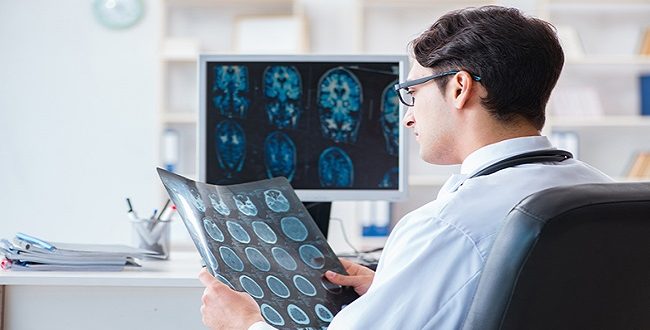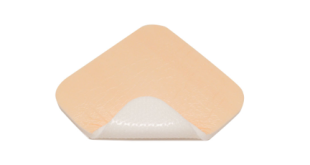Medical imaging plays a crucial role in diagnosing and treating various medical conditions. In recent years, the field of medical imaging has been revolutionized by the advent of teleradiology. Teleradiology allows radiologists to interpret medical images remotely, enabling faster and more efficient diagnosis. This article aims to explain teleradiology in simple terms, discussing its benefits, challenges, and impact on healthcare.
What is Teleradiology?
Teleradiology is the transmission of medical images, such as X-rays, CT scans, and MRIs, from one location to another for interpretation and diagnosis. It involves the use of specialized technology that allows radiologists to access and interpret these images remotely. Through secure networks and advanced software, medical images can be transmitted in real-time, connecting radiologists with healthcare facilities, regardless of geographical distances.
Benefits of Teleradiology
Teleradiology offers several advantages that have significantly impacted the field of medical imaging:
Improved Access to Expertise
Teleradiology allows access to radiologists with specialized expertise, regardless of their physical location. This is particularly beneficial in areas with a shortage of radiologists, as it ensures that patients receive accurate and timely diagnoses.
Enhancing Patient Care
Teleradiology enables faster turnaround times for image interpretations, leading to quicker diagnosis and treatment planning. This ultimately improves patient outcomes and satisfaction.
Cost-Effective Solution
By eliminating the need for on-site radiologists, teleradiology services help reduce costs associated with staffing, equipment maintenance, and infrastructure. Healthcare facilities can optimize their resources and allocate funds to other essential areas of patient care.
24/7 Coverage
Teleradiology allows healthcare facilities to provide round-the-clock radiology services, even during nights, weekends, and holidays. This ensures that emergency cases and urgent diagnoses are promptly addressed, leading to better patient outcomes.
Challenges and Solutions
While teleradiology has numerous benefits, it also presents some challenges that need to be addressed:
Data Security
The transfer of patient data raises concerns about data security and privacy. To mitigate this, teleradiology systems employ encryption and secure networks to safeguard patient information. Compliance with regulations, such as the Health Insurance Portability and Accountability Act (HIPAA), ensures patient confidentiality.
Quality Assurance
Remote interpretation of medical images can present challenges in maintaining consistent image quality. Healthcare facilities and teleradiology providers employ standardized protocols and quality control measures to ensure accurate and reliable interpretations.
Licensure and Credentialing
Radiologists practicing teleradiology must comply with licensing requirements specific to the region where the patient is located. This ensures that radiologists are qualified and authorized to interpret medical images.
Communication and Collaboration
Effective communication between radiologists and healthcare providers is crucial for accurate diagnosis and treatment decisions. Teleradiology systems incorporate features such as real-time consultations and secure messaging to facilitate collaboration.
Impact on Healthcare
Teleradiology has had a profound impact on healthcare, transforming the field of medical imaging:
Faster Diagnoses
Teleradiology enables rapid transmission and interpretation of medical images, reducing the time required for diagnosis. This is particularly significant in emergency cases where prompt diagnosis is crucial.
Improved Patient Care in Underserved Areas
Teleradiology allows healthcare facilities in remote or underserved areas to access radiology expertise remotely. This ensures that patients in these areas receive quality care without the need for costly transfers.
Future Trends in Teleradiology
The emerging trends and future possibilities in the field of teleradiology include the use of machine learning algorithms with the help of healthcare business process outsourcing and the potential impact of 5G technology on teleradiology.
Global Collaboration
Teleradiology facilitates collaboration between radiologists and healthcare providers across the globe. Experts from different regions can share knowledge, exchange opinions, and provide valuable insights, ultimately enhancing patient care.
Disaster Response
Teleradiology has proven invaluable in disaster situations, where access to medical imaging services may be limited. Rapid deployment of teleradiology systems enables healthcare providers to assess and manage injuries efficiently, even in challenging environments.
Teleradiology in Rural Healthcare
The impact of teleradiology on rural healthcare is profound. It helps bridge the gap in healthcare access, improves diagnostic capabilities, and reduces the need for patient transfers to urban centers.
Conclusion
Teleradiology has revolutionized the field of medical imaging, offering numerous benefits such as improved access to expertise, faster diagnoses, and cost-effective solutions. While it presents challenges, such as data security and quality assurance, these can be addressed through standardized protocols, secure networks, and effective communication channels. The impact of teleradiology on healthcare is far-reaching, as it enables collaboration, improves patient care in underserved areas, and enhances disaster response capabilities. As technology continues to advance, teleradiology holds great promise for the future, ensuring that patients worldwide receive timely and accurate diagnoses, regardless of geographical barriers.
 Tech Readers
Tech Readers




